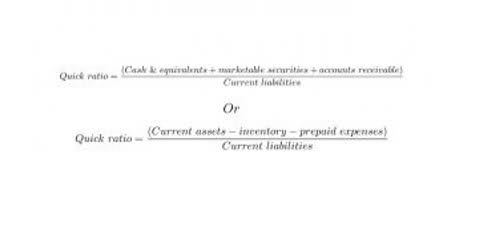
Whereas other revenue metrics can be obscured by non-sales related revenue and one-time revenue generation, Sales Revenue includes neither of these items. Similarly, if you know the markup of an item, you can calculate the sales margin by adding 1 to the markup percentage and then dividing the markup by this number. Thus, in our example, dividing 54 percent markup by 1.54 gives you 35 percent margin. The key is to make sure that your sales margin is enough that you can meet your business growth objectives.

This margin makes it easier to see the impact of variable expenses on a business and the amount of the contribution toward fixed expenses. For example, if sales are $100,000 and variable expenses are $80,000, then the contribution margin is $20,000, or 20%. Markup can be calculated by subtracting the total cost from the sales price and then dividing that number by the sales price. However, if you know the sales margin, you can also use it to calculate markup.
What Is a Margin? Meaning in the Business and Finance Sectors
You might want to calculate monthly, quarterly, semi-annually or annually. The result is a percentage that indicates your sales (gross profit) margin. The main difference between sales margin and gross profit margin is that sales margin only considers the cost of goods sold, while gross profit margin takes into account all expenses. This means that gross profit margin is a more accurate measure of profitability. Using our calculator you can work out the selling price for your products, based upon the cost of materials and percentage of profit as a markup that you are looking for. The sales margin measures how much money you retain on the sale of an item or service after direct costs are deducted.
The gross profit margin can be used by management on a per-unit or per-product basis to identify successful vs. unsuccessful product lines. The operating profit margin is useful to identify the percentage of funds left over to pay the Internal Revenue Service and the company’s debt and equity holders. Sales margin is the percentage of sales that is left after the cost of goods sold is deducted, while your profit margin is the percentage of revenue that is left after all expenses are deducted. In other words, your company’s profit margin is a measure of profitability, while its sales margin is a measure of how much of each sale is left after the cost of goods sold is deducted. One thing to keep in mind is that your gross profit margin isn’t the same as your net profit margin. Your net profit margin is your total profits (revenue minus all expenses) divided by your total revenue.
Strategies for Improving Your Sales Profit Margin
In order to calculate it, first subtract the cost of goods sold from the company’s revenue. This figure is known as the company’s gross profit (as a dollar figure). Then divide that figure by the total revenue and multiply it by 100 to get the gross margin.
Profit margin can also be calculated on an after-tax basis, but before any debt payments are made. Hitesh Bhasin is the CEO of Marketing91 and has over a decade of experience in the marketing field. He is an accomplished author of thousands of insightful articles, including in-depth analyses of brands and companies. Holding an MBA in Marketing, what is a sales margin Hitesh manages several offline ventures, where he applies all the concepts of Marketing that he writes about. The manufacturing cost for both companies’ software is the same, i.e., $3 per month. Smaller businesses, like a local retail store, may need to provide it for seeking (or restructuring) a loan from banks or other lenders.
